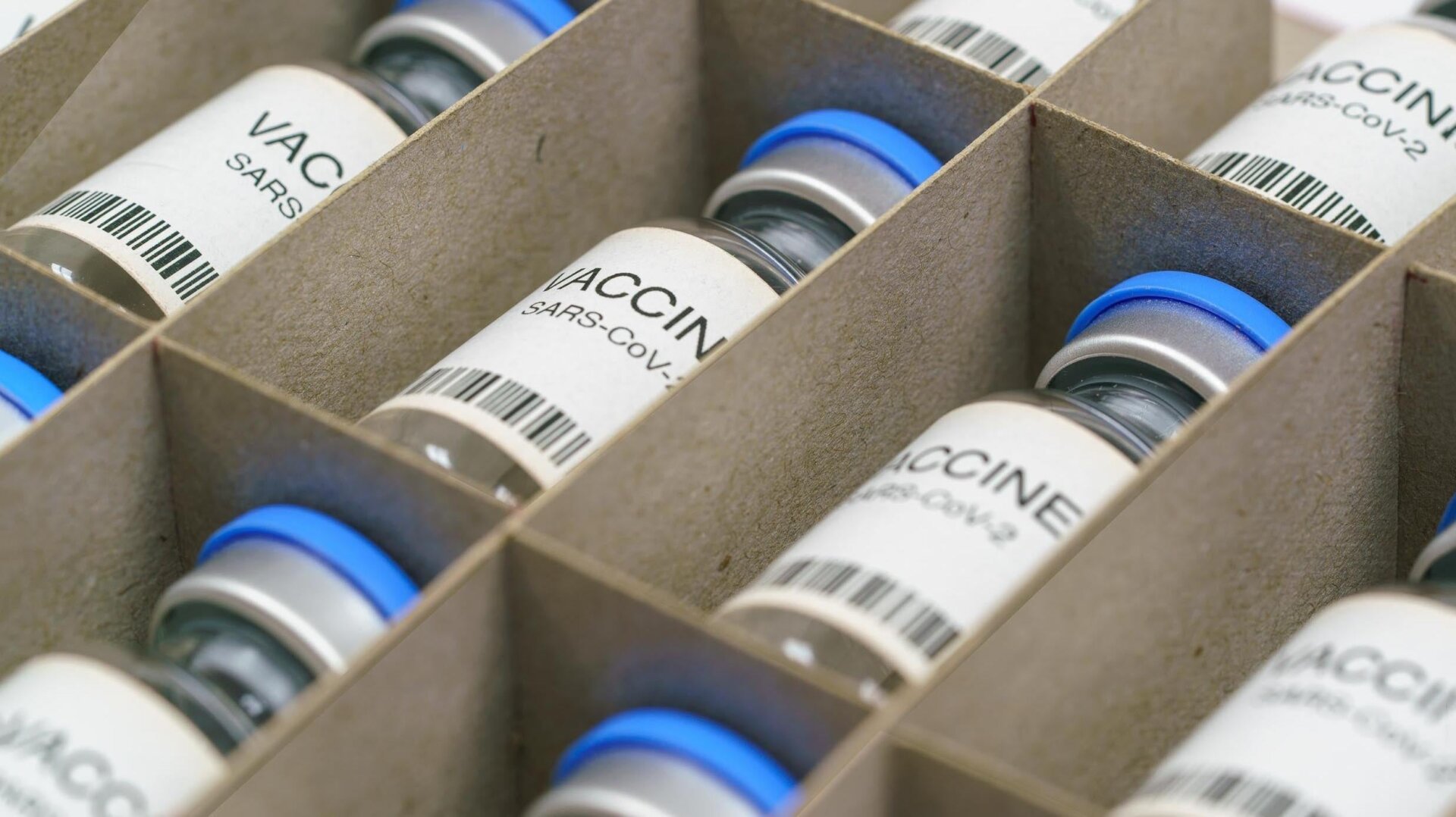Young children frequently explore the world by putting objects in their mouths, a behavior that can lead to dangerous situations. Seemingly innocuous items, including common toys, can contain small, powerful magnets that pose a significant risk if swallowed. Despite increasing awareness and some regulatory efforts, thousands of children globally continue to suffer from pediatric magnet ingestion. An extensive international review highlights this persistent threat, with particular concerns for children in the United States.
The Unseen Danger: How Children Ingest Magnets
Children across the globe, particularly those under the age of four, are vulnerable to swallowing small, high-powered magnets. These are often found in everyday household items such as remote controls, desk toys, jewelry, and even small appliances. While researchers note that ingesting a single magnet might occasionally pass without incident, swallowing multiple magnets, or one magnet along with another metallic object, can lead to severe internal injuries requiring invasive medical procedures. The attractive forces between magnets can cause them to bind together across intestinal walls, leading to perforations, blockages, and life-threatening infections.
Global Scope of Magnet Ingestion: Insights from International Review
In a comprehensive international review, researchers from the University of California, Davis (UC Davis) and UC Davis Health examined reports of pediatric magnet ingestion from various countries, alongside an analysis of corresponding national policies. Their findings, published in the journal Injury Prevention, suggest that children in the U.S. may be especially at risk. Although the study covered approximately 23% of the world’s countries, the comparisons drawn are intended to inform and improve future regulatory policies.
“This data demonstrates that paediatric magnet ingestion is an international problem that must be addressed,” the researchers stated. “Every geographic area has different availability of products and types of restrictions in place, yet the problem remains the same: If magnets are accessible to children, some children will inevitably ingest them, leading to a wide range of severe consequences.”
Key Findings: Trends and Troubling Statistics
To understand global trends, the research team analyzed 96 papers published between 2002 and 2024, focusing on the prevalence and outcomes of magnet ingestion in children up to 18 years old. The majority of these studies originated from Asia, the Middle East, North America, Europe, Chile, Australia, Egypt, and Tunisia.
The data revealed that the average age of children swallowing magnets ranged from two to eight years. Most incidents involved magnets from toys or school and office supplies, with ingestions commonly occurring at home, in nurseries, or at daycare facilities. A significant number of these children required medical interventions. The United States reported the highest number of incidents at 23,756, though the researchers suggest this could be partly due to more frequent reporting compared to other nations. Several countries, including the U.S. and China, observed an increase in reported cases over time, potentially stemming from more accurate reporting, or shifts in magnet cost, marketing, availability, or regulations.
Regulatory Landscape: A Patchwork of Policies
The investigation into regulatory policies found specific measures addressing pediatric magnet ingestion in only ten countries or geopolitical zones: the U.S., Canada, the European Union, the United Kingdom, France, the United Arab Emirates, Taiwan, Japan, Australia, and New Zealand. These policies varied, including rare outright bans of small magnets, limitations on magnet strength, and labeling requirements.
“Many countries still lack national policies aimed at limiting access to small, ingestible magnets, even countries with published incidence of morbidity and mortality from paediatric magnet ingestions,” the researchers explained. The situation in the U.S. is particularly concerning; regulations that had kept high-powered magnets off the market were overturned in 2016. Following this, reports of pediatric magnet ingestion surged by a staggering 444% by 2022, when new, though still debated, policies were introduced.
The True Extent and Path Forward
Researchers argue that the actual number of pediatric magnet ingestions is likely much higher than official records indicate, as many incidents not requiring medical intervention probably go undocumented. While acknowledging their study was “limited by information availability,” the core finding remains stark: children are still swallowing magnets at an alarming rate.
Fortunately, the collected data offers insights into potential solutions. “Removal of magnets from the market is linked to a decreased incidence of injuries related to magnet ingestions and thus, such policies should be proposed, promoted and enforced,” the researchers pointed out. This suggests that more stringent regulations, including market removal of dangerous magnet products, are crucial for child safety.
Conclusion: A Call for Stronger Global Action on Magnet Safety
The comprehensive review underscores that pediatric magnet ingestion is a persistent and serious global health issue demanding urgent attention. Despite some existing regulations, children worldwide remain at risk, with evidence pointing to particular vulnerabilities in the U.S. due to fluctuating policies. The study’s findings highlight critical gaps in national safety measures and advocate for stronger, more decisive actions. To truly protect children, a concerted effort towards stricter regulation, including the removal of hazardous magnet products from the market, is essential.











